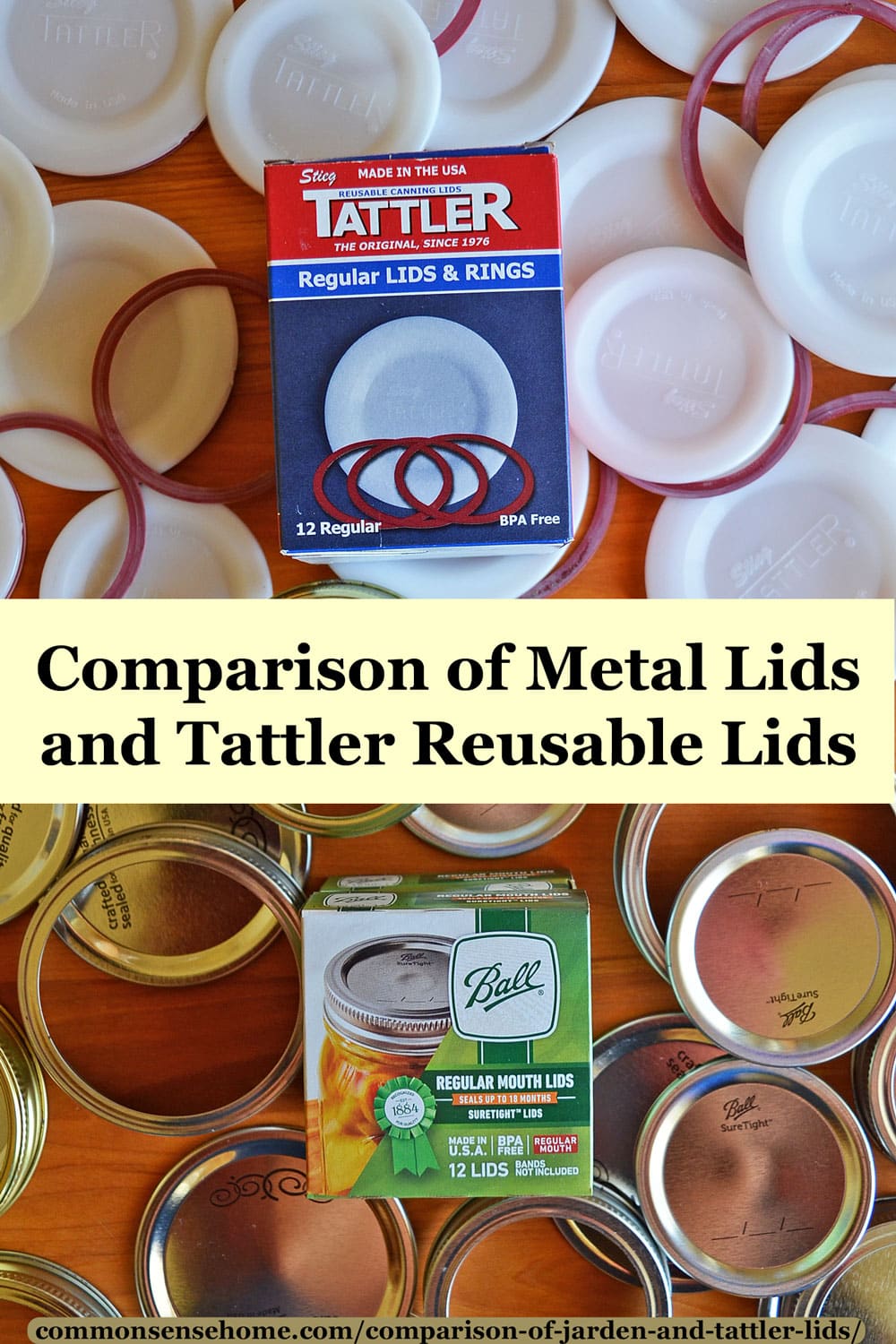
Canning low acid food is the only preservation method that can be deadly, so with canning instructions
you must follow the rules closely and not experiment.
These canning instructions are designed to always provide you such a wide margin of safety that poisoning is simply impossible. You follow the directions, and then you can be confident.
Learn and follow these canning rules absolutely!
1. Don’t use jars larger than a quart. Home canning technology cannot guarantee that larger quantities will be sufficiently heated through for enough time. Rather, the food on the outside will overcook, while that on the inside won’t get hot enough. Botulism spores can boil awhile and still be fine.
2. Use water-bath canning only for high acid foods. High-acid varieties of tomatoes, fruits, rhubarb, sauerkraut, pickles, and jams/jellies are the only high acid foods. All others (vegetables, meats, stews) must be canned using a pressure canner.
3. Use only modern canning recipes from reliable sources.
4. Never reuse jar lids. Used lids aren’t reliable for sealing correctly. If a screw band is rusty or bent, it won’t work right and should be discarded and replaced.
5. Don’t use antique or ‘French’ -type canning jars. They aren’t as safe as the modern, regular ‘Ball, Kerr’ type.
6. Check the jar rims carefully every year by running your finger over the top of the rim and checking for nicks. Even the tiniest nick makes the jar unusable for canning. A nicked jar rim won’t seal reliably.
7. Raw pack is not safe for certain foods: beets, all kinds of greens (spinach, etc.), white potatoes, squash, okra, a tomato/okra combination, and stewed tomatoes!
8. You must allow the correct amount of space (head-space) between your food, together with the liquid that covers it, and the jar lid.
9. Don’t begin counting the processing time until after the water with the jars in it comes to a good rolling boil if using the water-bath method, or until after steam has vented for 10 minutes from your pressure canner.
10. Process the full recommended time.
11. Lift out each jar individually (not inside the rack) using a jar lifter; keep it upright and not tipped.
12. If a jar didn’t seal, discard the lid, put on a new one, and reprocess. Or put the jar that didn’t seal in the refrigerator and use the contents within a week or so.
Credit: Data gathered from ‘The Encyclopedia of Country Living’
If you enjoyed this, or topics of current events risk awareness or survival preparedness,
check out our current homepage articles…
Similar Articles You Might Enjoy:
Incoming search terms:
- american home canning blog
- french canning jars processing time
- Life Saving Courses blogspot
- LIFESAVING







